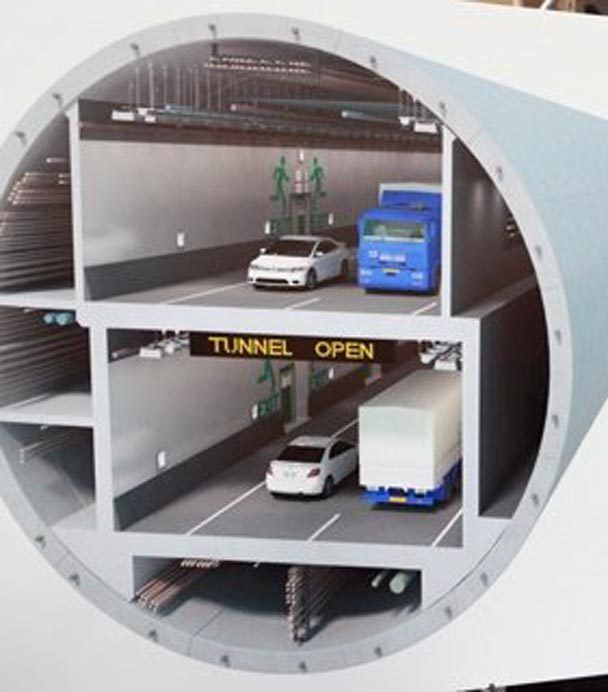In
observance of the Christmas holiday, there are several local government closure to tell you about.
SRTC will close at 1 p.m. on Thursday, Dec. 24 and remain closed until 8 a.m. on Monday, Dec. 28. Our office will also close at 1 p.m. on thursday, Dec. 31 and remain closed until 8 a.m. on Monday, Jan. 4.
Spokane County offices will close on Thursday, Dec. 24 at noon and remained closed through Christmas Day, Friday, Dec. 25. In observance of the New Year's holiday, all Spokane County offices will close on Friday, Jan. 1.
City of Spokane Valley business
offices will be closed from 12 p.m. on Thursday, December 24 and will
remain closed through Christmas day, Friday, December 25. Offices will reopen
with regular hours on Monday, December 28.
City of Spokane Valley business
offices will be closed from 12 p.m. on Thursday, December 24 and will
remain closed through Christmas day, Friday, December 25. Offices will reopen
with regular hours on Monday, December 28.
Spokane City Hall will close at noon on Thursdays, Dec. 24 and 31, and all day Fridays, Dec. 25 and Jan. 1, in observance of the Christmas and New Year’s holidays.
The Spokane City Council is not scheduled to meet on Mondays, Dec. 21 and 28. Council meetings will resume on Monday, Jan. 4, with a 3:30 p.m. briefing session and 6 p.m. legislative session.
Parking meters don’t have to be plugged on Fridays, Dec. 25 and Jan. 1.
On Thursday, Dec. 31 and into Friday, Jan. 1, all vehicles must cleared of the RED Bagged meters on Howard
Street between Main Street and Spokane Falls Blvd and on Spokane Falls Blvd
from Stevens Street to Wall Street by 7 a.m., Thursday, December 31st
for First Night setup.
Streets will remain open until 3 p.m. At 3 p.m. Howard
will close from Main Street to Spokane Falls Blvd. Spokane Falls Blvd. will close from Stevens Street to Post Street. The streets will remain
closed until after the event ends around 1 a.m. on the 1st.
Parade Closures will be in effect from 6 – 6:30 p.m. Spokane
Falls Blvd will be closed from Bernard Street to Stevens Street. Washington and
Stevens will be closed from N. River Drive to Main Street.
Wall Street will be closed from Sprague Ave to Riverside Ave, 7
a.m. Dec 31st to 2 a.m. Jan 1st.

























